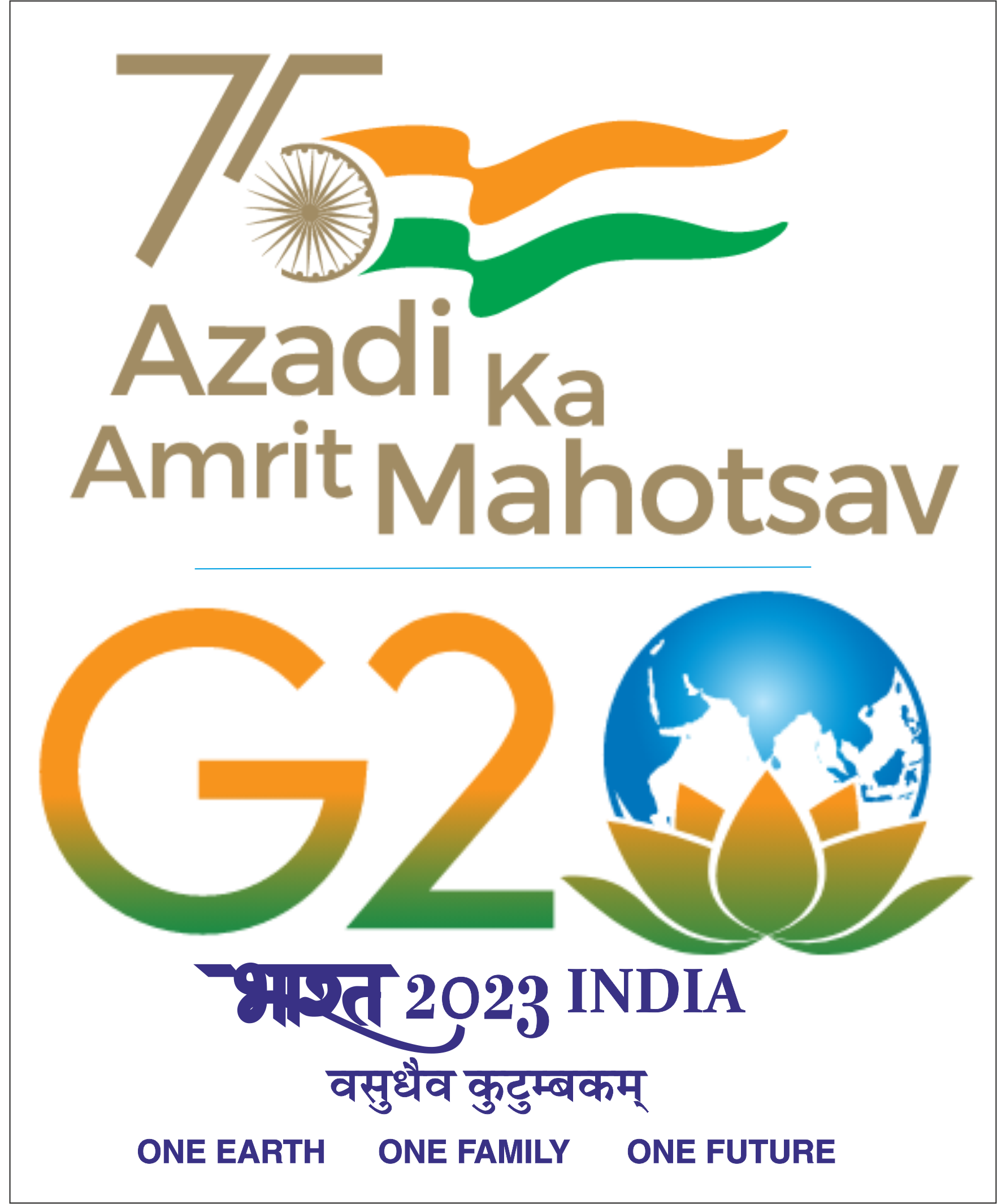Mr. Sagar Kolekar will present his Pre-synopsis as per the details below:
Date: 15th February 2024
Time: 1200 – 1330 hrs.
Venue: Conference Room 1, CTARA Office
Topic: Domestic wastewater treatment using constructed wetland as a nature-based solution for irrigating vegetable crop: A case study of tomato crop
Guide: Prof. Pennan Chinnasamy
RPC Members: Prof. Eldho T. I., Prof. Pankaj Sekhsaria
Abstract:
The availability of water is decreasing, especially in areas where natural water supplies are severely depleted. Of the water uses, agricultural water use accounts are the highest, and there is a constant need to augment agricultural water resources. However, the use of treated wastewater for crops is still not well understood, and in some regions not accepted. It was found from the literature that most of the wastewater that is reused for agriculture is generally only treated up to secondary treatment. In this study, a combination of artificial and natural wastewater treatment methods followed by tertiary treatment is provided. It includes an Anaerobic System (AnSys) as an artificial method and a Constructed Wetland (CW) as a natural wastewater treatment followed by an Ultra Violet (UV) system for the disinfection of treated domestic wastewater. The site from Lavale village was identified for the installation of a wastewater treatment system using the Analytical Hierarchy Process (AHP) and the treated wastewater was reused for growing tomatoes as a case study. Two Factors (freshwater and treated wastewater) Randomized Complete Block Design (RCBD) with three irrigation levels (80%, 100%, and 120% of irrigation dose) were considered for the design of the experiment. The physical, chemical, and biological properties of treated wastewater, soil, and tomato fruit have been tested. The fortnightly sampling and testing of wastewater were done at an inlet and outlet of AnSys, CW, and UV. The results indicate that the overall efficiency of the AnSys + CW + UV for the removal of biological oxygen demand (BOD), chemical oxygen demand (COD), total phosphorous (TP), total nitrogen (TN), total potassium (TK), and total suspended solids (TSS) were 93%, 92%, 70%, 75%, 60%, and 96% respectively.
Results also indicate that the effect of water type was significant for plant height, number of branches, number of fruits, and yield of the tomato. The average crop height, number of branches, tomato fruits, and yield were 1.2, 1.97, 1.72, and 2.03 times more for treated wastewater (TWW) as compared to freshwater (FW). All other factors (e.g. hydro climate, soil, availability of sunlight, wind) were controlled as they are in the same locations, and hence both plots i.e. control and experiment plots were exposed to the same factors including quantity of water, while the only difference was the quality of water (TWW vs FW). The chemical and biological properties of soil and tomato fruits were also analysed and was also observed that the nutrient uptake was slightly higher for TWW soil and tomato fruits, when compared with FW. The presence of heavy metals and pathogens was not observed in treated wastewater, soil, and tomato fruits. There was no negative impact on soil and fruit quality due to the application of TWW rather it gives the maximum yield of the tomato crop.
The cost of water per liter and benefit-cost ratio (BCR) in the context of reuse of treated wastewater for tomato through AnSys + CW + UV, government irrigation scheme, and water from the nearby farmer were Rs 0.023, Rs 0.014, and Rs 0.025 and 1.83, 0.98 and 0.79 respectively. The AnSys + CW + UV had the highest financial return as compared to other scenarios. In addition to economic benefits, the application of treated wastewater gives a sustainable solution for enhancing tomato crop yields while conserving freshwater resources. This approach not only transforms unproductive land into fertile agricultural areas but also safeguards our natural water bodies from the harmful effects of untreated wastewater discharge. Therefore, nature-based solutions, such as AnSys combined with constructed wetland and ultraviolet purification, are key to achieving environmental and agricultural benefits and hence government and private support should be acquired for long-term benefits.
Keywords: Treated Wastewater, Wastewater Reuse, Agriculture, Tomato, Constructed Wetlands, Nature Based Solutions





